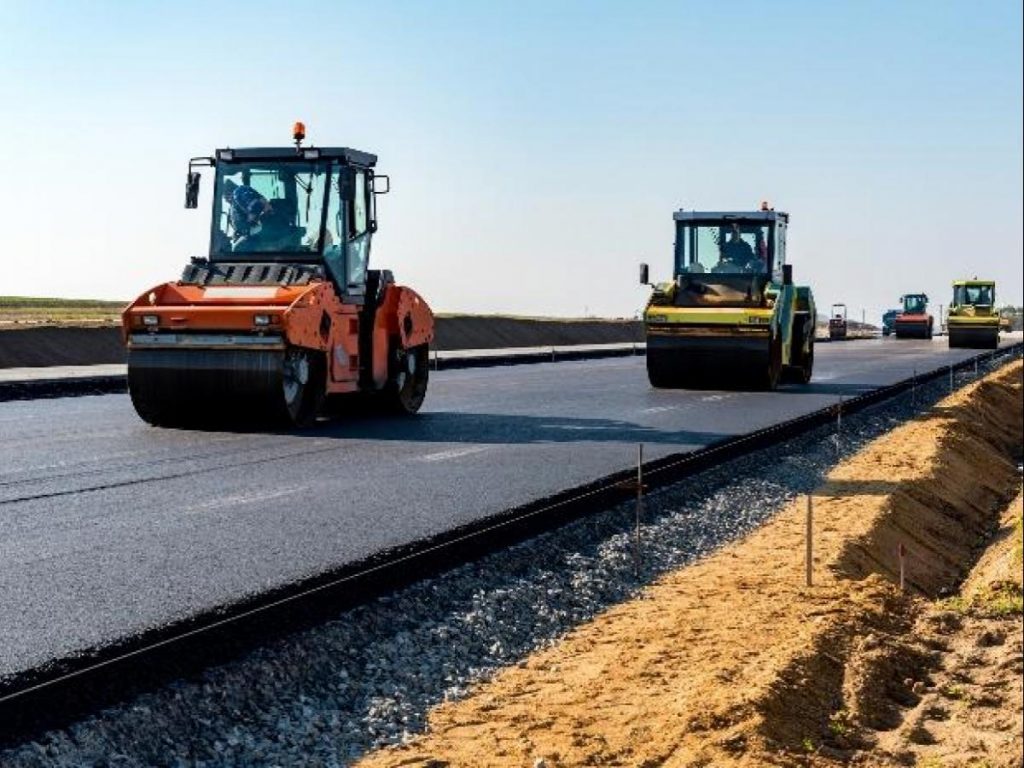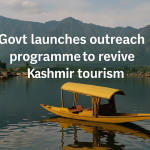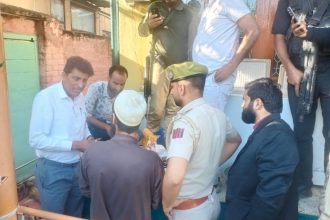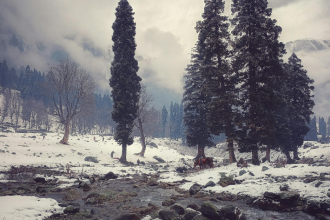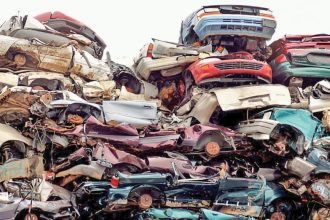Srinagar, July 09: In a significant move aimed at uplifting the rural heartland of Jammu and Kashmir, the Union Ministry of Rural Development has approved an allocation of ₹4,224 crore for the construction of 316 roads under Pradhan Mantri Gram Sadak Yojana Phase 4 (PMGSY-4). This massive infrastructure project will touch 19 districts and cover a total road length of 1,781 kilometers—bringing new hope to thousands living in far-flung areas.
For the people of Rajouri, the future looks brighter. With ₹588 crore earmarked for 41 new roads, areas like Manjakot, Darhal, Kalakot, Dhangri, Nowshera, and Budhal are on the map for change. Not far behind, Poonch is set to receive 40 roads worth ₹484 crore, connecting key regions like Bufliaz, Mendhar, and Surankot more efficiently.
In Doda, 31 roads have been planned with an impressive investment of ₹661 crore. This includes much-needed routes through Chirala, Bhaderwah, and Changa, offering easier access for daily commuters and emergency services.
Districts such as Ramban (₹416 crore for 26 roads), Reasi (₹400 crore for 21 roads), and Udhampur (₹304 crore for 20 roads) are also set to benefit, improving transportation links in Katra, Banihal, Chenani, and many other localities.
Even remote and border regions like Kupwara, Kishtwar, and Kathua will see change, with roads reaching places like Hayma, Bunjwah, and Duggan. Urban-rural gaps in Pulwama, Baramulla, Budgam, and Ganderbal will also narrow, as new roads promise quicker access to markets, education, and healthcare.
In districts where basic infrastructure was once a dream—Bandipora, Anantnag, Jammu, and Samba—progress is finally knocking on the door.
This initiative didn’t come overnight. The Ministry had earlier requested a detailed report on roadless villages across J&K. Based on ground verification and assessments by officials from Delhi, a final list was created. With the green signal now in place, the Public Works Department (PWD) of J&K has begun the tendering process.
These roads are more than just cement and tar. They represent lifelines—connecting isolated families to hospitals, children to schools, and farmers to markets. It’s not just infrastructure. It’s opportunity, dignity, and hope on wheels.
